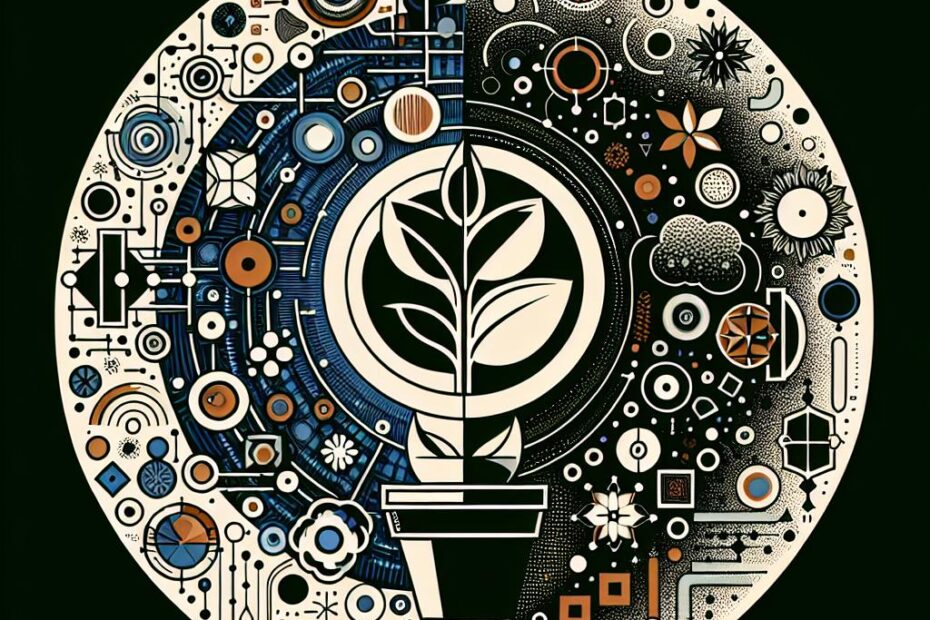Title: Difference Between Garden Soil and Potting Soil: A Comprehensive Guide
Introduction:
When it comes to gardening, soil is one of the most important elements to consider. However, it’s essential to understand that not all soil is created equal. In this article, we will explore the key differences between garden soil and potting soil, as well as their respective uses and benefits. By the end of this guide, you will have a clearer understanding of which type of soil is best suited for your gardening needs.
Garden Soil vs. Potting Soil: Understanding the Differences
Garden Soil:
- Garden soil, also known as topsoil, is the natural soil found in your garden or landscape.
- It is typically a combination of sand, silt, clay, organic matter, and microorganisms.
- Garden soil is best used for outdoor gardening, such as planting flowers, vegetables, and shrubs.
- It is rich in nutrients and provides a good structure for plant root growth.
Potting Soil:
- Potting soil, on the other hand, is a soilless mixture specifically designed for container gardening.
- It is made up of a blend of peat moss, perlite, vermiculite, and other organic materials.
- Potting soil is lightweight, well-draining, and sterile, making it ideal for indoor plants and container gardening.
- It is formulated to provide the optimal conditions for plant growth in pots and containers.
Key Differences Between Garden Soil and Potting Soil:
| Feature | Garden Soil | Potting Soil |
|————————–|———————————————-|———————————————–|
| Composition | Natural soil with organic matter | Soilless mix with peat, perlite, and vermiculite |
| Drainage | Varies depending on location and composition | Well-draining and aerated |
| Nutrients | Rich in nutrients | Fertilizers may need to be added |
| Structure | Provides good structure for root development | Light and airy for container gardening |
| Sterility | May contain pests, diseases, and weeds | Sterile and free from pathogens |
| Weight | Heavier due to natural components | Lightweight for easy handling |
Benefits and Practical Tips:
- Garden soil is beneficial for outdoor plants as it provides a natural habitat for beneficial microorganisms.
- Potting soil is ideal for indoor plants and container gardening as it is lightweight and well-draining.
- When starting seeds or transplanting seedlings, potting soil is the best choice for optimal growth.
- Consider amending your garden soil with compost or organic matter to improve its nutrient content.
Case Studies:
- A study conducted by the University of California found that plants grown in potting soil had healthier root systems compared to those grown in garden soil.
- A gardening enthusiast shared their experience of using potting soil for their indoor plants and noted significant improvements in growth and overall health.
Conclusion:
In conclusion, it is essential to understand the differences between garden soil and potting soil to ensure the success of your gardening endeavors. While garden soil is ideal for outdoor plants, potting soil is perfect for indoor plants and container gardening. By selecting the right type of soil for your specific needs, you can create a thriving garden that will flourish for years to come. Happy gardening!
